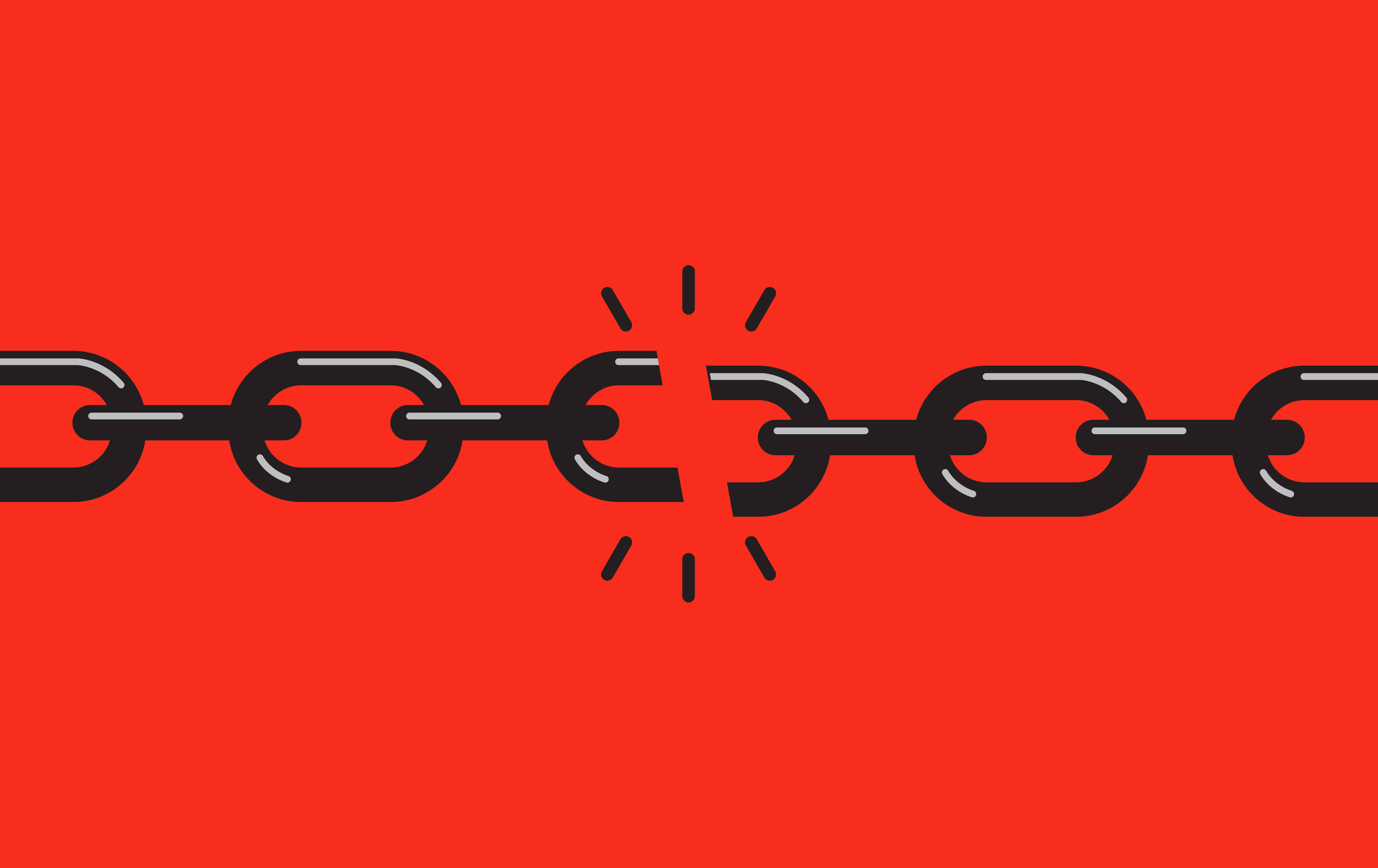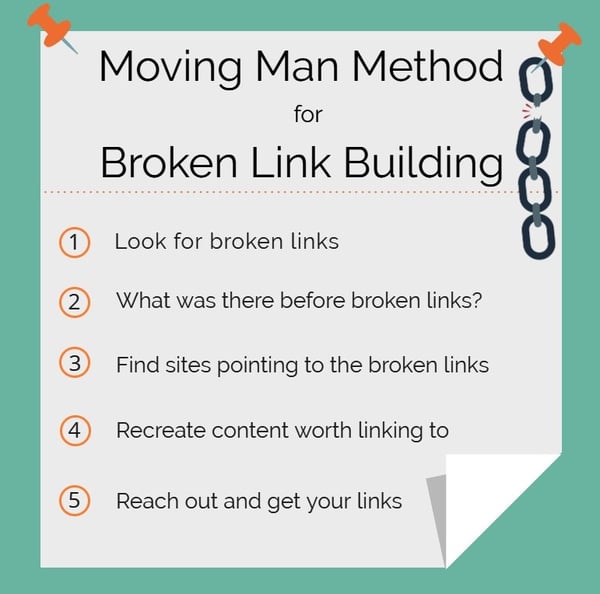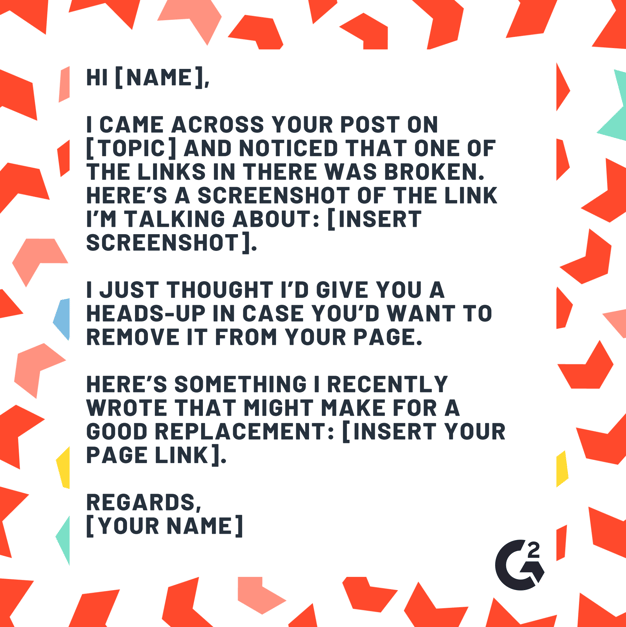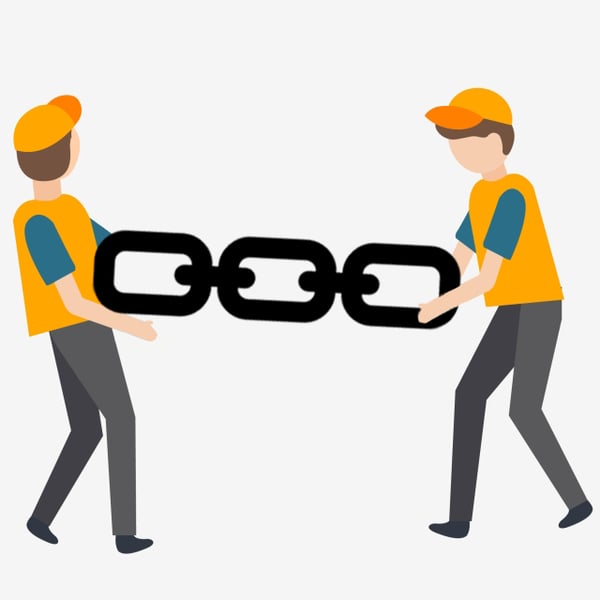October 29, 2019
-1.jpeg?width=400&height=150&name=What%20is%20the%20Skyscraper%20Technique%3F%20(Bonus%20Here%E2%80%99s%20a%20complete%20checklist%20for%20it!)-1.jpeg) by Momina Ayaz / October 29, 2019
by Momina Ayaz / October 29, 2019

The increasing competition in the online marketing sphere makes it hard to get your content noticed.
Even if you’re writing the most awe-inspiring blogs, very few people are going to naturally link to you. This is why marketers are now experimenting with entirely new methods to attract attention. While some work, others don’t. Some skyrocket the number of links to your content, others still don’t work.
Cue the Moving Man method.
Nobody wants broken links on their site. They only make for poor user experience. That’s exactly what you’re trying to benefit from here. And that’s exactly what the Moving Man method helps you with.
The name isn’t that self-explanatory, so let’s talk it out. A short description would be link building on steroids. You might think we’re kidding, but really that’s what this method is.
It seems simple enough, and honestly, it really is. The entire method is super scalable – you just need a process in place. Here’s everything you will need to know about the Moving Man method, from its background down to how you can execute it smoothly for promising results.
The Moving Man method was first started by Brian Dean of Backlinko. He managed to land several links to high authority sites - something which would’ve been impossible without this method.
Since his success, the Moving Man method has gained more traction and is now amongst one of the surest ways for link building. It revolves around broken link building, which you might have figured out by now. Although the tactic is just three easy steps, it helps to have a comprehensive guide along the way.
A question many have asked. The answer is pretty intuitive. If you’re telling people about the broken links on their site, chances are that they’ll happily replace them with working ones. About now, you could be thinking, “The site can just find and replace the broken links on their own”. But realistically, no webmaster constantly checks every external link on their website to find and fix any broken ones.
The method also works because you don’t have to create content from scratch. As we will soon see below, you can easily find out what the original linked content was. All you have to do is update or recreate the content and you’re good to go, so you get to save a lot of time.
Here’s a quick look at all the steps involved in the Moving Man method before we dive deeper into each of them.

So you know what the whole method is. But how do you even find relevant broken links in the first place? It seems like looking for a needle in a haystack at this point. Once you get to it, you’ll learn that it’s easier than you thought.
You have to look for websites relevant to your industry or business that have:
|
We’re looking for these particular instances because they all lead to one thing of our interest: broken links. Another way of finding broken links is to start with a few simple Google searches.
Use phrases like:
|
Remember that the keywords should be very niche-specific so your results are entirely relevant to your industry. Let’s look at an example.
Back in 2013, Moz (as we know it today) changed its name from SEOMoz to Moz. This also means that they moved their website from SEOmoz.org to Moz.com. Hence, all the links to SEOMoz were broken. Do you see where we’re going with this?
If you find something like this, it means you just hit the backlink jackpot. If the site has a good domain authority, that means hundreds of people link to the content. Since all those links are now broken, you can easily jump in and pitch your content.
| TIP: You want to focus on high domain authority sites because more people naturally link to those. |
Where now there are broken links, once there was valuable content. But the content isn’t there anymore since the link’s broken. So what are you going to recreate and pitch to people for links? This step is about answering that question. There are free sites that take you way back to show you what the broken page used to look like.
The most commonly used tool is the Wayback Machine. Just plug in the URL to the broken page, and you’ll know what was there in the past. That’s the content you have to improve, update, and recreate.
Now you know of a site that recently changed its name or a piece of content that’s no longer there, the next step is to figure out how many sites are linking to it. Those are the sites you’re going to reach out to.
A simple way of doing this is grabbing the outdated and broken URL and putting it into any backlink checking tool of your choice. There are plenty of free ones that give you a list of all the sites that point to the broken content. That list makes your life so much easier.
It shortlists all your link prospects for you. You can reach out to all those prospects and suggest that they replace the broken link with your new resource. Chances are if you’re doing this for a whole list of potentials, you’re sure to land a decent amount of links.
You have all the information you need by now. So it’s time to put your head down and get to improving the outdated content. There are several ways you can do that.
Here are just a few examples:
|
Apart from all these, stick to “How-to” and “Why” blog posts. These formats are known to generate more links than others according to a study by BuzzSumo. Just because you’re pointing out the broken link to someone doesn’t mean they’re going to replace it with your link unless your content is worth it. So don’t think you’ve already got the links in the bag. You still have to create content that’s worth linking to.
You’ve done all the hard work – it’s time to reap the rewards. The last step is to reach out to all the people from the list in step three. Don’t ask them for a link from the get-go. That just seems too pushy. Start off by telling them about the broken link on their site. Then gently mention how you have a relevant post they could link to instead if they deem fit.
People are going to be more than happy to link to your content because, by emailing them, you’re already adding value to their site twice. The first time is when you point out the broken link that is destroying their user experience. The second time is when you let them know of another link-worthy piece of content to make their job much easier. It’s best to have an email template made for such emails.
|
TIP: Use an email template builder if you need help creating the perfect email to send out to all your contacts. But remember – keep that element of personalization intact! |
Here’s an email template you can use when you’re starting out the Moving Man method:

Remember to personalize this template a bit for each person you send it to. For example, don’t start an email with the generic “Dear Editor". Instead, do your research to find the actual name of the person you’re emailing. It may seem like a small thing. But it’s the small things that really set you apart from everyone else fighting for backlinks too.

Getting quality links AND creating amazing content is hard. The Moving Man method makes both these things easier. It cuts down your work for you. You aren’t creating content from point zero anymore, and have a baseline to build up from.
Once you get the hang of the method, you’ll be able to gain more and more links along the way. You’re going to get positive results from the start. That's because you’re doing someone a favor by giving them helpful information to improve the quality of their site. So chances are, they’re going to be more inclined to return the favor.
So go ahead – it’s time to let those links roll in.
Are you in the midst of trying to create an expert link-building strategy? Study up on the Skyscraper Technique and see how that, paired with the Moving Man method, can help get you more links and overall site traffic!
Momina is a Content Writer at EZRentOut. She loves to read during lunch breaks and is interested in the way technology is reforming the corporate sphere.
You might check your domain authority as often as you check your bank account, but what...
 by Brooks Manley
by Brooks Manley
If you’re new to SEO, you’re probably feeling very overwhelmed with how much information there...
.jpg) by Krista Doyle
by Krista Doyle
If you’re already aware that you should be using linkable assets, are you maximizing the...
 by Georgios Chasiotis
by Georgios Chasiotis
You might check your domain authority as often as you check your bank account, but what...
 by Brooks Manley
by Brooks Manley
If you’re new to SEO, you’re probably feeling very overwhelmed with how much information there...
.jpg) by Krista Doyle
by Krista Doyle


